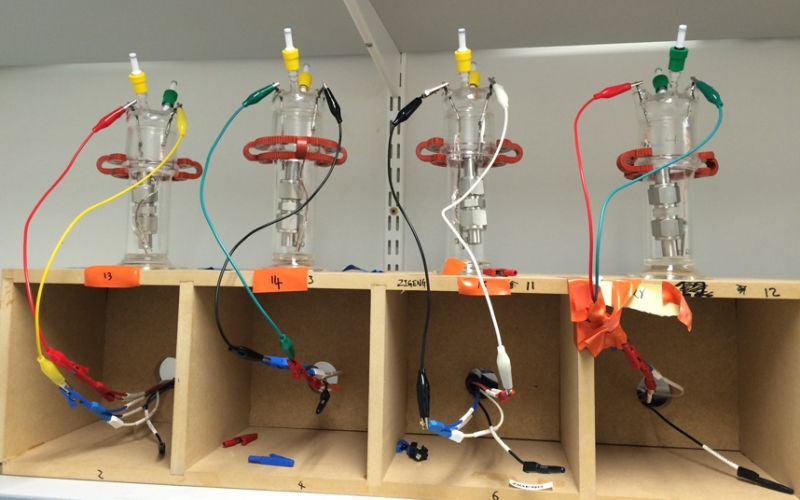
Researchers at the University of Cambridge in the UK have published a new design for Lithium-air batteries that could be used to extend the single-charge driving range of electric cars to over 400 miles. The batteries are a fifth of the cost and weight of the current power packs used in electric vehicles, and have ten times the energy density.
The design, published in Science, uses a highly porous, spongy carbon electrode constructed from graphene, made from sheets of carbon just one atom thick. The process requires additives to keep the chemical reaction driving the cell stable.
It was found with previous lithium-air batteries that the technology was inefficient and unstable; they could only be recharged a handful of times before ceasing to function, or they sometimes simply exploded after developing minor faults. The new batteries appear to have overcome these obstacles and have so far been recharged over 2000 times without any problems.

"While there are still plenty of fundamental studies that remain to be done, to iron out some of the mechanistic details, the current results are extremely exciting. We are still very much at the development stage, but we've shown that there are solutions to some of the tough problems associated with this technology,” said Professor Clare Grey, at Cambridge University's Department of Chemistry.
The aim is to create lithium-air batteries which will take in regular air to fuel the chemical reaction that releases electricity: lithium ions move from the positive electrode to the negative one, where they are oxidized. The lab test units have previously only been able to operate in pure oxygen, but these prototypes can operate when that oxygen is moist.
"What we really want is a [true] lithium-air battery - one that just takes in air, without having to remove CO2, nitrogen and water. And now we have a system that at least tolerates a lot of water."
While the new design is a huge step in the development of the technology, Professor Grey’s team say a commercial version is still at least 10 years away.
https://www.techspot.com/news/62620-new-lithium-air-battery-big-step-toward-long.html